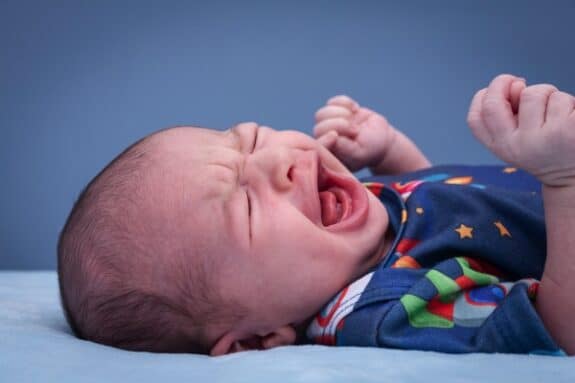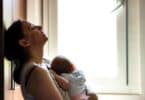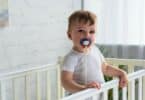Approximately 1 in 88 children are diagnosed with autism today. This neurological condition is classified by repetitive movements and deficits in social interaction and communication. Research has indicated that earlier interventions may be helpful in reducing those deficits but the condition is extremely hard to diagnose before age two. While there have been some recent possible breakthroughs that could help in detecting autism sooner, none have made their way into the medical mainstream.
A recent study that examined the pitch of a baby’s cry has now been added to the pool of potential detection tools for the future. Published in the journal, Autism Research, researchers from the Brown Alpert Medical School in Rhode Island and the University of Pittsburgh in Pennsylvania examined the cries of 21 infants considered to be at risk for autism because they had siblings with the condition and 18 babies not considered to be at risk. All of the infants were videotaped at six months old so that researchers could collect voice samples of their cries.
Once collected, researchers separated the sample cries into categories, like falling or being hungry. Pain-related cries then underwent computerized acoustic analysis. Upon comparing the two groups of children, researchers found that at risk babies had a rougher, less clear cry. This type of pitch indicates tenseness in the vocal chords. In addition, at risk babies’ cries were higher and more varied in pitch. By the time the children reached three years old, three of those considered at risk were diagnosed with autism. Ironically, those three children had the highest-pitched cries out of the group.
Researchers on the study are not certain whether or not the difference would be detectable without testing so they are not encouraging parents to map the cries of their babies. However, researchers are saying that more studies need to be done to see if the data remains in a larger, more widespread group of children. If it does, the cry of a baby could help bring services and interventions into a child’s life earlier, which, in turn, could bring a higher quality of life.
“Autism seems to be a disorder that starts subtle and magnifies with age,” Stephen Sheinkopf told TIME magazine. “The earlier we can intervene, the more long-term changes we can make to benefit the child.”
Related Articles:
- Autistic Orem Boy Scores a Special Touchdown during His Last Game
- Study: Autistic Children and Genius Children Linked
- Researchers Find Changes in Brain Activity for Children Receiving Early Intervention Autism Treatment







